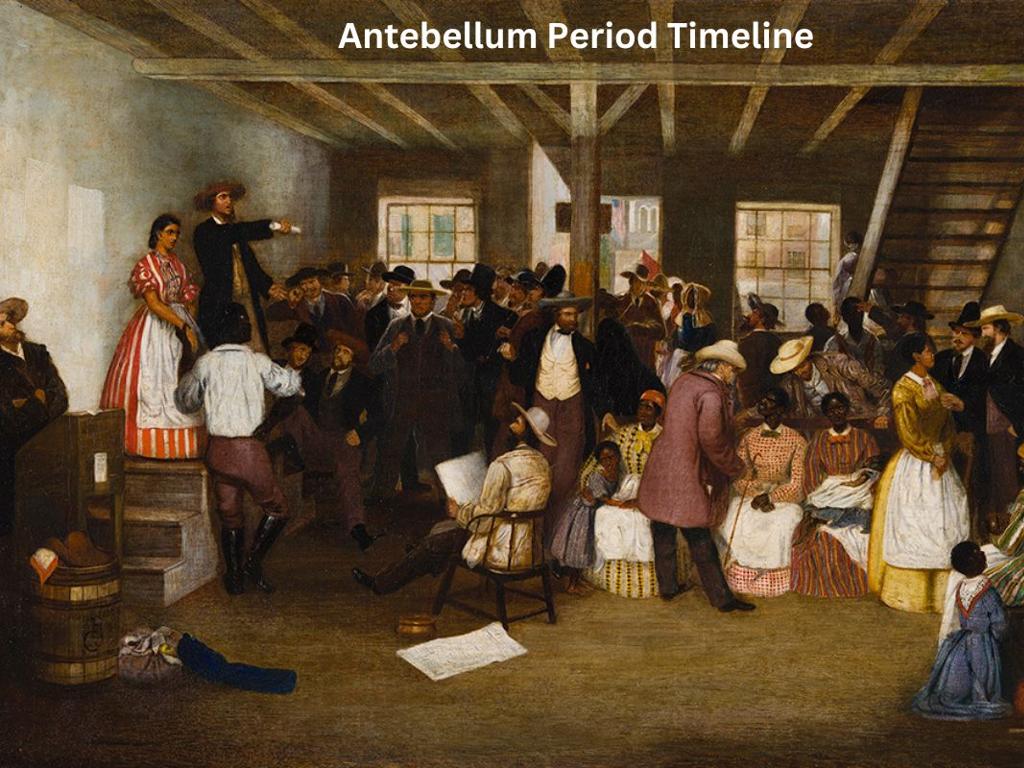Foundations Of Inca Civilization
Subject: Social studies
Grade: Sixth grade
Topic: Early Americas
Please LOG IN to download the presentation. Access is available to registered users only.
View More Content
Exploring the Inca Civilization
– Introduction to the Early Americas
– Spotlight on Inca society
– The Inca Empire was the largest in pre-Columbian America.
– Inca societal foundations
– Inca society was highly organized with a vast network of roads and quipus for record keeping.
– Significance of Inca achievements
– Their engineering and agricultural techniques were advanced for their time.
|
This slide introduces students to the grandeur of the Inca civilization within the context of the Early Americas. Emphasize the vastness of the Inca Empire and its sophisticated societal structure. Discuss the unique aspects of Inca society, such as their impressive road systems and the use of quipus for communication and record-keeping. Highlight the Inca’s innovative agricultural practices and architectural achievements, which were remarkable for their time and continue to fascinate modern society. Encourage students to consider how the foundations of Inca society contributed to its success and endurance.
Who Were the Incas?
– Introduction to the Inca people
– Indigenous people from the Andes region of South America.
– The Inca Empire’s magnitude
– At its peak, it was the largest empire in pre-Columbian America.
– Geography of the Inca civilization
– Stretched across modern-day Peru, Ecuador, Chile, Argentina, and Colombia.
– Significance of their location
– Strategic placement for trade, defense, and agriculture.
|
The Incas were a fascinating civilization with a rich history that students will explore. They originated in the Andes and created an empire that became the largest in pre-Columbian America, showcasing their power and influence. The empire’s geography covered diverse terrains, including mountains, valleys, and coasts, which played a crucial role in their development. The strategic location allowed the Incas to excel in trade, military defense, and farming, using terraced fields to grow crops like potatoes and maize. This slide will serve as an introduction to the Inca civilization, setting the stage for further discussion on their culture, achievements, and eventual fall to Spanish conquistadors.
Inca Society: Structure and Community
– Hierarchy in Inca society
– Inca society was well-organized with a clear hierarchy, led by the Sapa Inca.
– Social class roles and duties
– Each class had specific jobs: nobles governed, while farmers and artisans supported the empire.
– Family and community value
– Families were part of ayllus, community groups that worked the land together.
– Impact on Inca culture
– This structure fostered a strong sense of unity and efficiency, crucial for the empire’s success.
|
This slide aims to give students an understanding of the Inca social structure and its significance. The Inca society was hierarchical, with the Sapa Inca at the top, followed by nobles, priests, and the common people, including farmers and artisans. Each group had specific roles that contributed to the functioning of society. Emphasize the importance of family and community, as they were the foundation of Inca culture, with the concept of ayllus being central to their way of life. Discuss how this organization led to a strong, cohesive society that could undertake large projects like building Machu Picchu. Encourage students to compare the Inca hierarchy with modern social structures and reflect on the value of community in their own lives.
Inca Achievements in Engineering and Agriculture
– Mastery of Inca engineering
– Inca architecture includes strong stone structures without mortar.
– Innovations in agriculture
– Terrace farming on mountainsides increased arable land.
– Extensive road and bridge systems
– Roads connected the empire, promoting trade and communication.
– Impact on Inca society
– These achievements supported a large population and robust economy.
|
The Incas were remarkable engineers, creating buildings that have stood for centuries without the use of mortar. Their agricultural techniques, such as terrace farming, allowed them to farm on the steep Andes mountainsides, expanding their arable land and supporting their population. The vast network of roads and bridges facilitated trade and integration throughout the empire, which was crucial for the Inca’s economic and social development. Discuss the significance of these achievements and how they contributed to the strength and longevity of the Inca civilization. Encourage students to think about how these innovations compare to modern engineering and agricultural practices.
Inca Civilization: Religion and Beliefs
– Religion’s role in Inca society
– Religion was integral, influencing politics, agriculture, and social hierarchy.
– Major Inca deities
– Inti the sun god, Viracocha creator god, and Pachamama earth goddess were central.
– Rituals and ceremonies
– Included offerings to gods and festivals like Inti Raymi, the festival of the sun.
|
This slide delves into the spiritual life of the Inca civilization, highlighting the importance of religion as a cornerstone of their society. It shaped their daily life, governance, and even their conquests. The Incas worshipped a pantheon of gods, with Inti, Viracocha, and Pachamama being the most venerated. Their rituals and ceremonies were complex and often involved offerings of food, textiles, and sometimes animals to appease the gods. Inti Raymi, for example, was a significant festival that honored the sun god with dances, processions, and sacrifices. Encourage students to compare and contrast these beliefs with other ancient civilizations they’ve studied to foster a deeper understanding of the Inca’s unique culture.
The Fall of the Inca Empire
– Spanish conquistadors arrive
– Led by Pizarro, they sought gold and glory
– Inca ruler Atahualpa captured
– Atahualpa was taken, triggering political chaos
– European diseases impact
– Smallpox and measles devastated the Incas
– Empire’s eventual downfall
|
This slide discusses the collapse of the Inca Empire, which was precipitated by the arrival of Spanish conquistadors in the 16th century. Francisco Pizarro’s expedition led to the capture of the Inca ruler Atahualpa, causing a power vacuum and internal strife. Additionally, the introduction of European diseases like smallpox and measles, to which the Incas had no immunity, caused widespread fatalities and weakened the empire’s ability to resist conquest. The combination of these factors led to the eventual fall of one of the most powerful and sophisticated civilizations in the Americas. When discussing this topic, emphasize the dramatic and tragic nature of this encounter between two worlds and the profound impact it had on the history of the Americas.
Inca Legacy: Enduring Influence
– Inca impact on modern culture
– The Inca civilization has shaped many aspects of life in modern South America.
– Machu Picchu: Preservation efforts
– Machu Picchu is a UNESCO World Heritage site, protected for future generations.
– Inca influence on language and food
– Quechua language persists, and foods like potatoes and quinoa are globally significant.
– Traditions in South America today
– Festivals and agricultural methods continue to reflect Inca heritage.
|
This slide aims to highlight the lasting contributions of the Inca civilization to contemporary culture, particularly in South America. Discuss how the Incas have influenced modern society, including the preservation of historical sites like Machu Picchu, which serves as a symbol of Inca engineering and architecture. Explain the impact of the Inca on language, with Quechua still spoken today, and on cuisine, with the global spread of crops originally cultivated by the Inca. Lastly, touch on the traditions and practices that have been passed down through generations, such as certain festivals and farming techniques. Encourage students to think about how ancient civilizations continue to affect our lives today.
Class Activity: Create Your Own Inca Mask
– Review Inca art and symbolism
– Gather your mask-making materials
– You’ll need construction paper, scissors, glue, and markers
– Design your unique Inca mask
– Use reference images to inspire your mask’s design
– Share your mask with the class
|
This activity is designed to engage students with the artistic culture of the Inca civilization. Begin with a brief review of Inca art, focusing on the symbolism used in their masks, which often represented animals, gods, or the sun. Provide students with the necessary materials and reference images of Inca masks to guide their creation. Encourage creativity and individual expression while they craft their masks. Once completed, have each student present their mask to the class, explaining the symbolism they chose to incorporate. This will reinforce their understanding of Inca art and allow for a hands-on learning experience.






